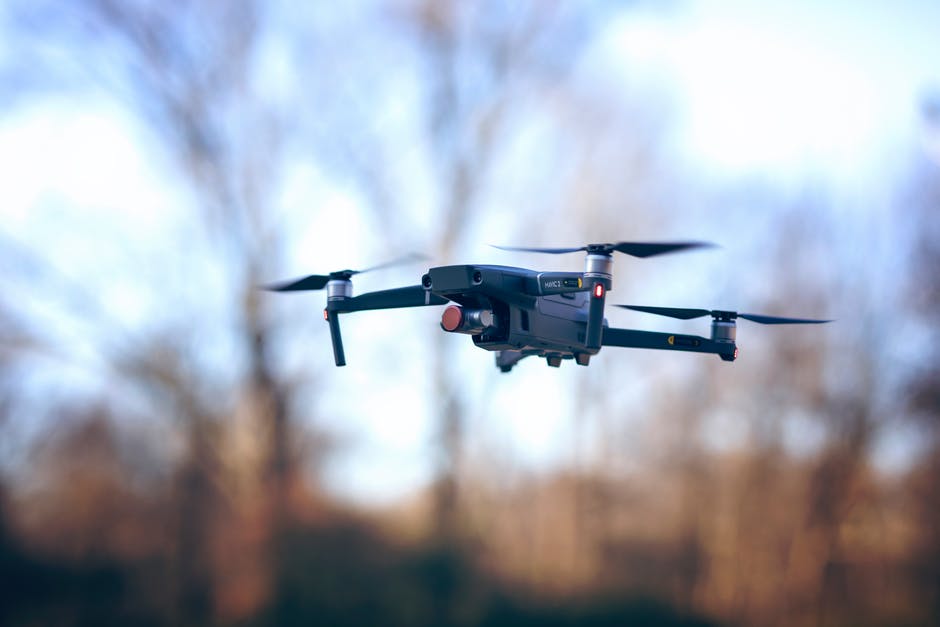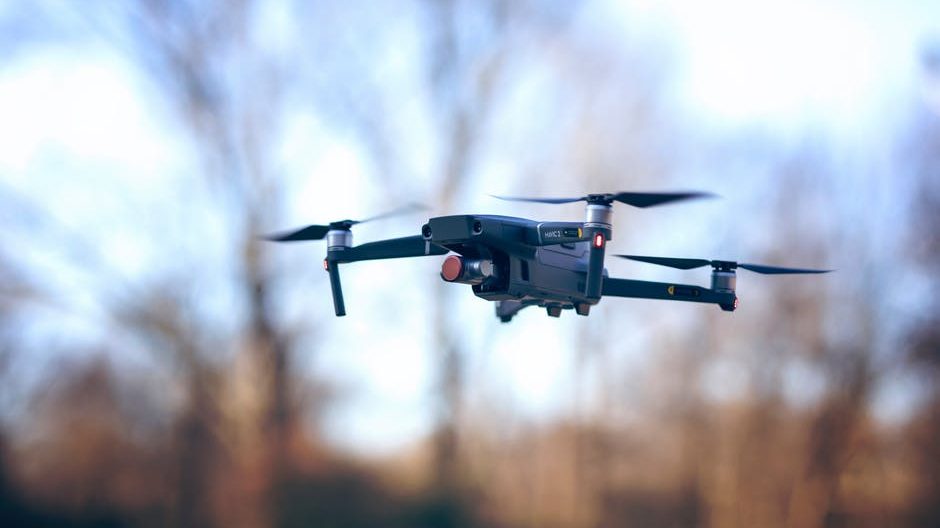
After the surge of natural disasters in 2018, the use of aerial imagery and drones in the insurance sector skyrocketed. Drones have been used sporadically by insurance companies since 2014, but they are now becoming an essential tool in the industry, speeding up the time taken to process claims, cutting costs, and preserving safety. With constant innovations in drone tech, it’s likely that they will continue to streamline the insurance industry in the years to come. Strides have already been made in risk assessment, safety, and the time taken to process claims, and as technology improves, the benefits are set to become even greater.
Minimizing Risk
Most businesses are required to carry workers compensation insurance to aid employees in the case of workplace injury. Insurance companies using tech can reduce the cost of claims made against this type of insurance by placing drones in hazardous situations to determine risk, with the aim of preventing claims needing to be made in the first place. Risk assessment is key to an insurance company’s operation, and by assessing the potential risks at a business site, they are able to improve worker safety while reducing their own costs. Remote aerial inspection can be used to survey environments so that insurance companies can predict the risks and communicate these to the business, developing a complete picture of what the dangers are and how accidents can be prevented. Technology has the upper hand on humans in this case, as it is able to spot risks undetectable to the human eye. With constant innovations in aerial technology, the precision and accuracy of risk assessment continues to improve.
Improving Safety At Damaged Sites
Emilien Rose, the man behind Dronotec, a company specializing in drones for use in insurance, started his business because he recognized the potential for tech to address problems he’d seen in his work as a loss adjuster. Particularly in the case of dangerous sites, Rose has found that the use of drones adds considerable value for insurance companies.
In the instance of a natural disaster, a site may not be easily accessible on foot. The use of remote aerial inspection means that insurance companies can access the site without risking the safety of adjusters. The high resolution mapping systems used by drones allow insurance companies to gather a complete aerial view of a disaster site without compromising safety. An additional perk for the company is that relying on technology for site inspection means that travel and lodging costs needed for manual inspections are reduced significantly.
Speeding Up The Claims Process
When drones are used for site inspection after an event, the reduced need for manpower on the ground means that work in the office can begin immediately, speeding up the time taken to process a claim and streamlining the whole process. This is essential for large scale disasters, when a company receives many claims at once. Efficiency is improved through a combination of technology reducing the amount of time an adjuster needs to be on site, and the high quality of data captured, which allows analysis to be completed more quickly.
Constant improvements in technology mean that the images captured by drones become clearer and more accurate with every development. By including the latest technology in their approach to managing claims, insurance companies are able to respond quickly and reduce the number of claims made. As technology continues to evolve, the process will become even quicker and smoother, and it is expected that all insurance companies will include remote aerial inspection in their approach as the industry develops.

Leave a Reply